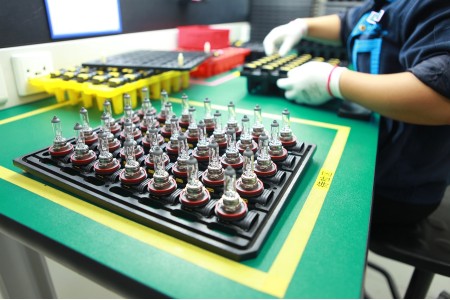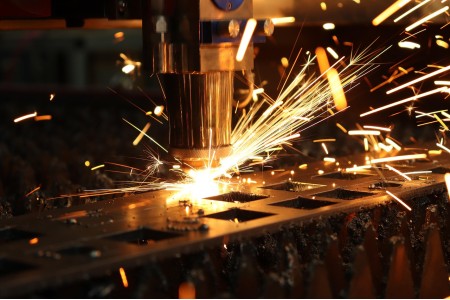Photography Sharing: Drone Landscape Photography Tips
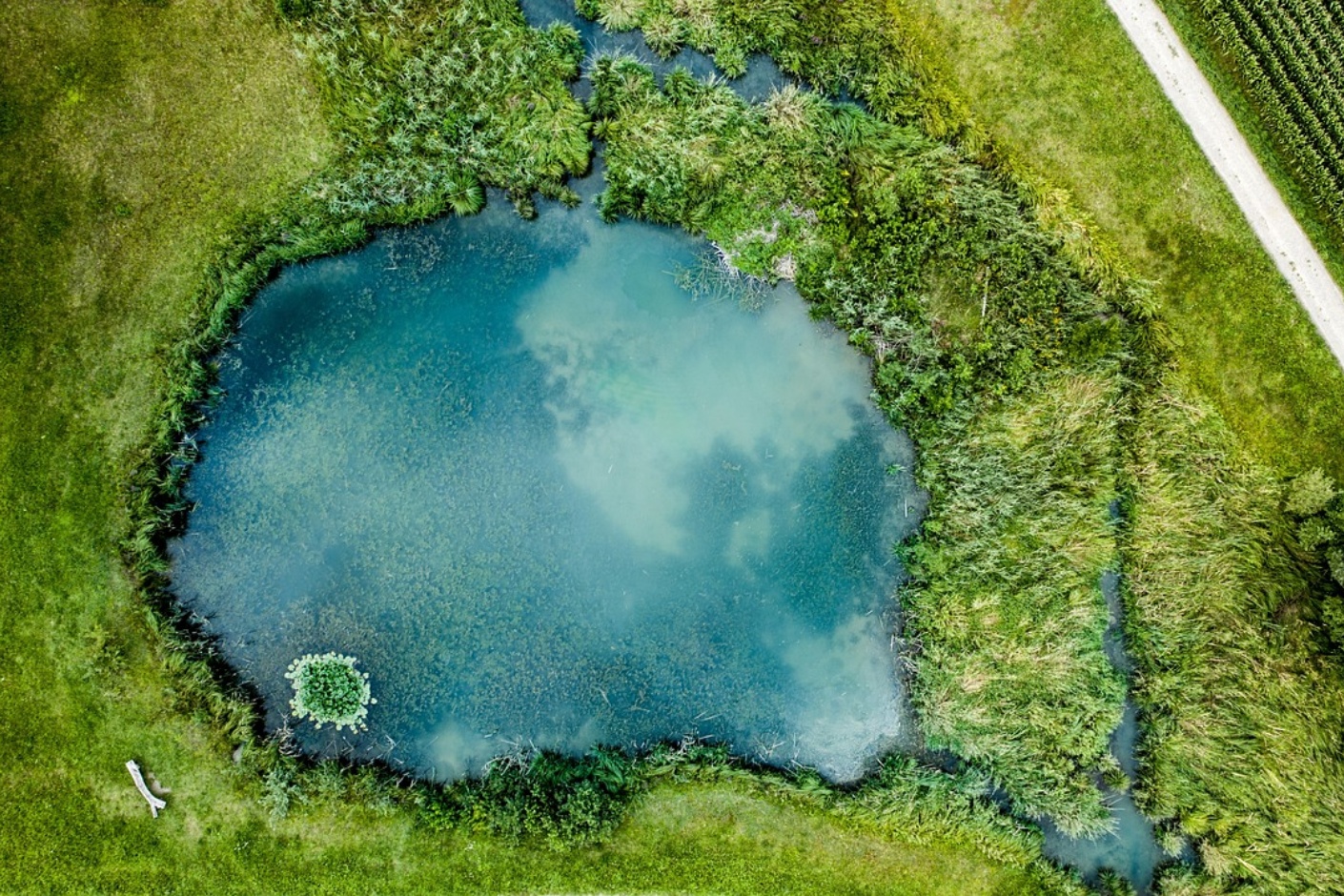
If you’re passionate about landscape photography and would like to be able to do more landscape drone photography, this article is for you. Landscape photography is one of the most rewarding types of photography you can pursue, being able to capture the beauty of the earth and unique moments happening in the wild.
Landscape photography has reached greater heights over the past decade with the advancement of recreational and commercial drones, which are able to capture incredible places from the air, creating powerful aerial perspectives that were previously impossible to achieve.
1.How to choose a location for drone landscape photography
A.Is it legal to fly in this location?
Making sure you are in a legal flying zone may seem like an obvious thing to do. Despite this, many beginner drone pilots still forget to check if the area they plan to fly in is a legal flying zone. It could be a permanent flight ban, like an airport zone or a national park, or it could be a temporary flight restriction, like a wildfire zone.
Regardless, it’s crucial for drone pilots, whether you’re flying commercially or for pleasure, to familiarize yourself with local flying laws, restrictions, and licensing requirements before heading out to any location you want to film.
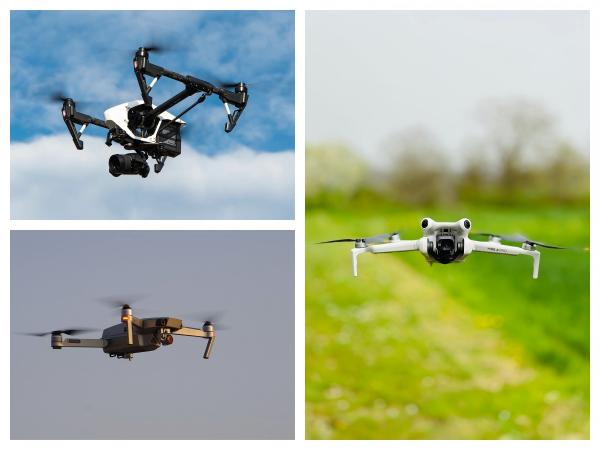
You need to make sure the area you plan to fly your drone in is legal
B.Are weather conditions reliable and favorable?
Commercial and recreational drones have come a long way in dealing with high winds and inclement weather conditions, but they still have some limitations. You need to make sure you understand the weather conditions where you plan to film and whether the weather forecast is reliable.
No drone on the market is waterproof and they can easily be damaged by water, so never fly them in the rain.
Regarding wind, most drones have a maximum wind resistance rating stated in the drone specs and manual, but a good rule of thumb is to only fly in winds equal to or less than two-thirds of the drone’s maximum speed. So if your drone can fly at a top speed of 40 mph, you’ll want to limit your flight to around 25 mph winds.
C.Can you fly safely in this position?
Finally, you need to make sure that the location you are flying in is safe. For example, certain locations, such as canyons or valleys, may pose safety issues that will not only limit your ability to fly safely, but also affect the quality of your flight.
There are two main drone safety guidelines you need to follow:
①Maintain a strong GPS signal and communication between the drone and the remote controller. A weak signal may result in a crash and fly-off, which is not only frustrating but also dangerous.
②Maintain a clear line of sight between the drone and you. Losing sight of the drone during flight may result in a crash.

You need to make sure the location where the drone is flying is safe
2.How to ensure drone safety in remote areas
A.Please make sure the satellite and GPS signals are good before flying
GPS and satellite communications are not only important for communication between the drone and the remote controller, but also allow you to keep track of where the drone is flying and where it has landed, in case the drone crashes or lands early, far from your home point. If you are flying in a new remote location, both are a must, otherwise it is not recommended to fly.
B.Keep your return point updated
With GPS and satellite communications, you always need to make sure the drone's home point is updated at your location before flying, with enough space to land in case you need to make an emergency landing. If you take off too quickly and don't let the drone update its home point, the home point may be inaccurate and land somewhere that could cause the drone to crash.
C.Make sure your drone is updated and calibrated
Pilots need to perform a pre-flight check to ensure their drone is updated and calibrated. Sometimes, if a drone's software is not updated, the drone may fly poorly and be prone to malfunctions. Calibrating a drone is essential to ensure its gimbal and motors remain balanced and not accidentally overloaded. Doing both of these is essential to ensure safe flight, especially in remote areas.
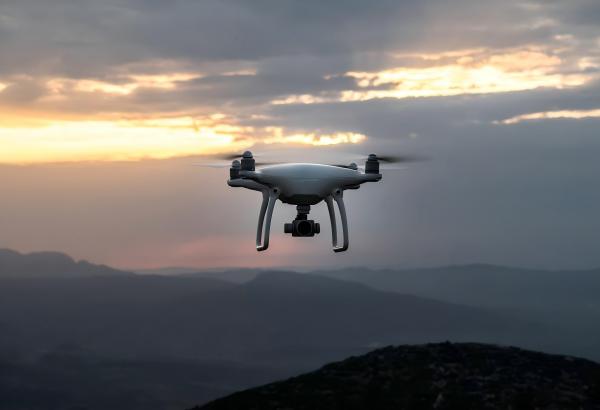
You need to make sure the drone is updated and calibrated before flying
D.Turn on the drone's collision sensor
Photographers flying in new or remote areas should make sure to activate the drone's collision sensors. Most drones have collision sensors on the front, back, and sides, which are very useful for avoiding trees, cliffs, or other obstacles you don't know about. Most drones have these collision sensors turned on by default, so if you plan on flying in remote outdoor locations, keep them on.
3.How to get the best image quality in drone landscape photography
A.Shooting in RAW format
One of the simplest, yet most important tips for image quality is to shoot in RAW format. RAW images (not JPEGs) contain unprocessed data from your camera’s image sensor, along with exposure settings. RAW files allow for better image quality and post-processing capabilities, and are the only way to shoot, whether with a camera or drone.
B.Shoot at a lower ISO
This may vary depending on your drone’s image sensor, but a rule of thumb for exposure is to keep your drone’s ISO setting around 100-200 ISO, with a maximum ISO of 400 for single exposure shots. This will limit noise and keep the image sharper across the entire frame.
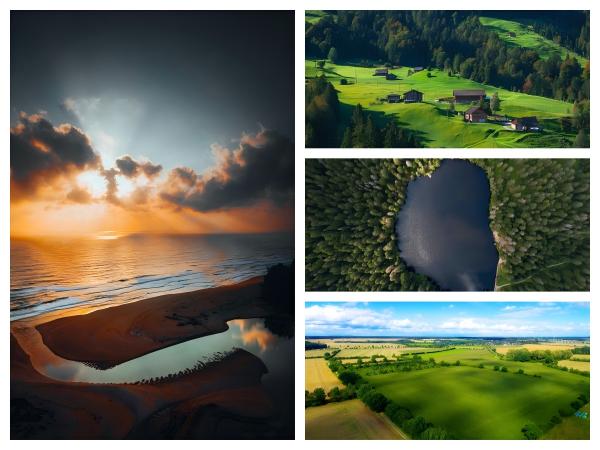
Keep your drone’s ISO setting low
C.Stack images for higher quality
One of the most common photography techniques for both camera and drone photography is photo stacking. This technique combines multiple images into one main image, providing the best quality, depth, and clarity.
There are three main types of stacking: exposure stacking, focus stacking, and panoramic stacking (or stitching), and each can significantly improve the quality of your drone photos.
D.Choosing the right drone
This may seem like a no-brainer, but choosing the right drone is essential to creating the best imagery. There are two main features of a drone that are key to improving image quality:
①Image Sensor: The larger the image sensor, the more light reaches the camera, which means more dynamic range, contrast, and information available for editing in the image. The image sensor is probably the most important feature in a drone, and you want at least a ½ inch image sensor, and preferably a 1 inch.
②Image Resolution: The higher the image resolution (number of megapixels), the higher the image quality. Newer recreational drones can take 20MP or higher images, which is pretty awesome. Add in techniques like image stacking, and you can get incredible image quality, similar to that of a professional camera.
In addition, it is also very important to choose a drone suitable for aerial photography when shooting, which will not be introduced in detail here.


